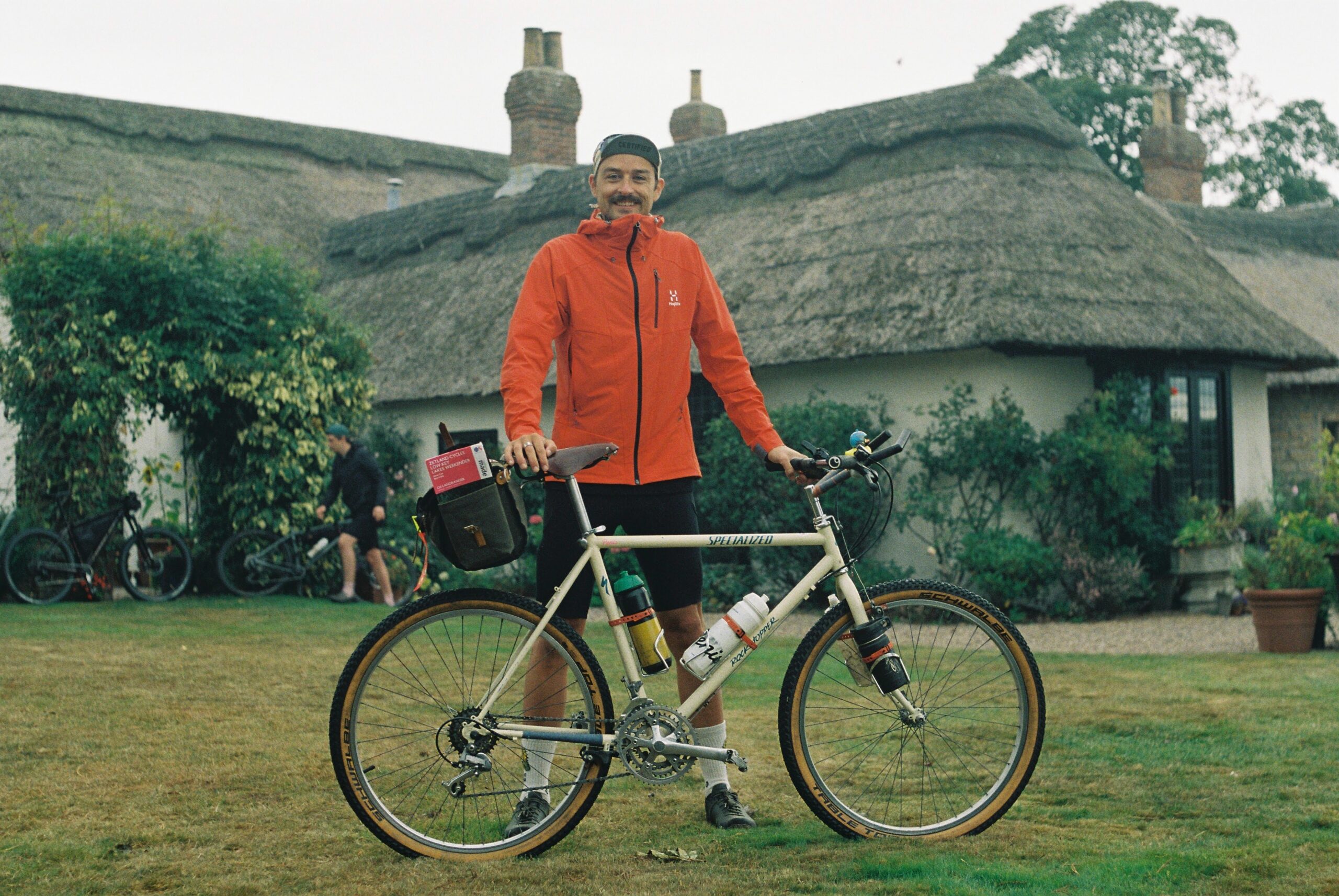Making sure your bike helmet fits you correctly is vital in ensuring maximum protection.
A loosely fitting helmet may not remain in place during an accident, increasing your risk of a dangerous head injury. On the other hand, an excessively tight-fitting helmet, or one that is too small, will be both uncomfortable and possibly unsafe.
In this guide, we will take you through how to correctly size a road bike helmet or mountain bike helmet.
How are helmets sized?
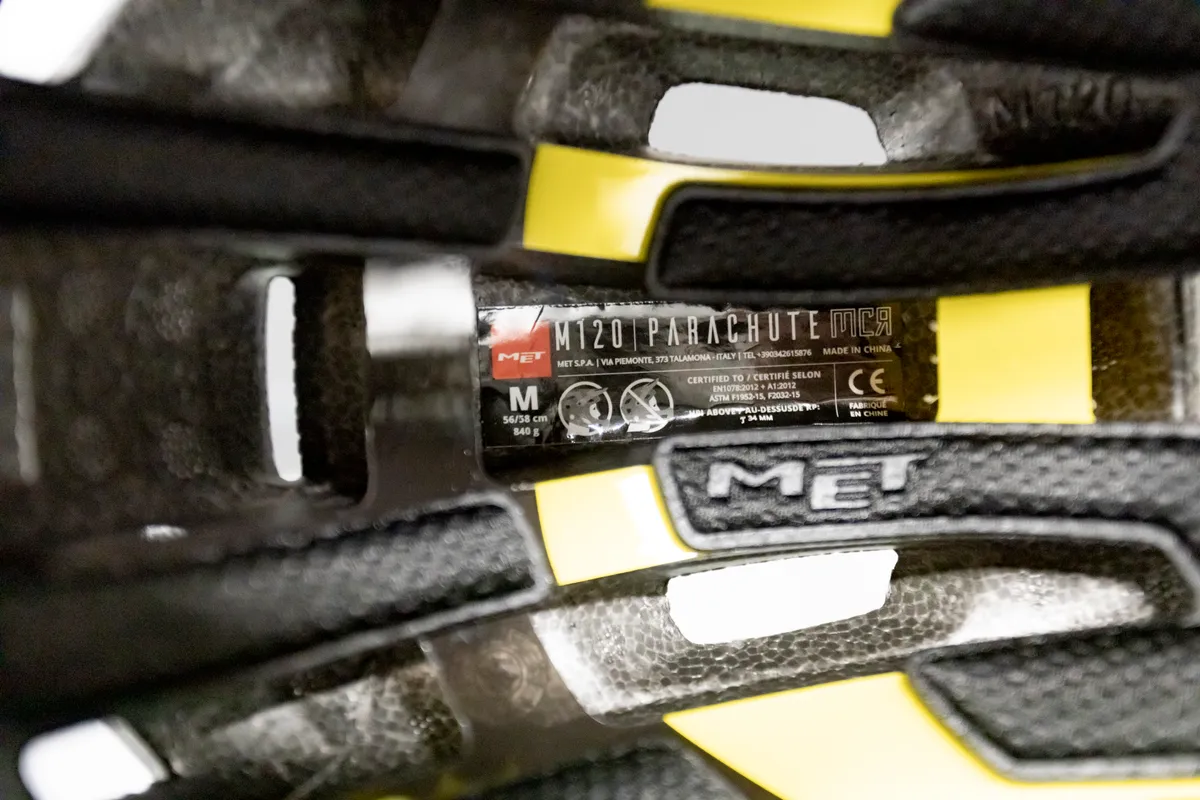
Size notation on helmets varies between manufacturers.
While more affordable budget bike helmets sometimes offer a one-size-fits-all design, many bike helmets come in a range of sizes, which in turn helps provide a secure and comfortable fit.
Some manufacturers opt for a range of head diameters (for example, size 52 to 56cm), while others go for variations on a small/medium/large scale.
For those brands that denote their sizing in words rather than a numerical value, they're always linked to a sizing chart, from which you can find the diameter range of each size.
All sizing charts are brand-specific and many brands produce size guides for individual models of helmet, so do check before you buy a new helmet.
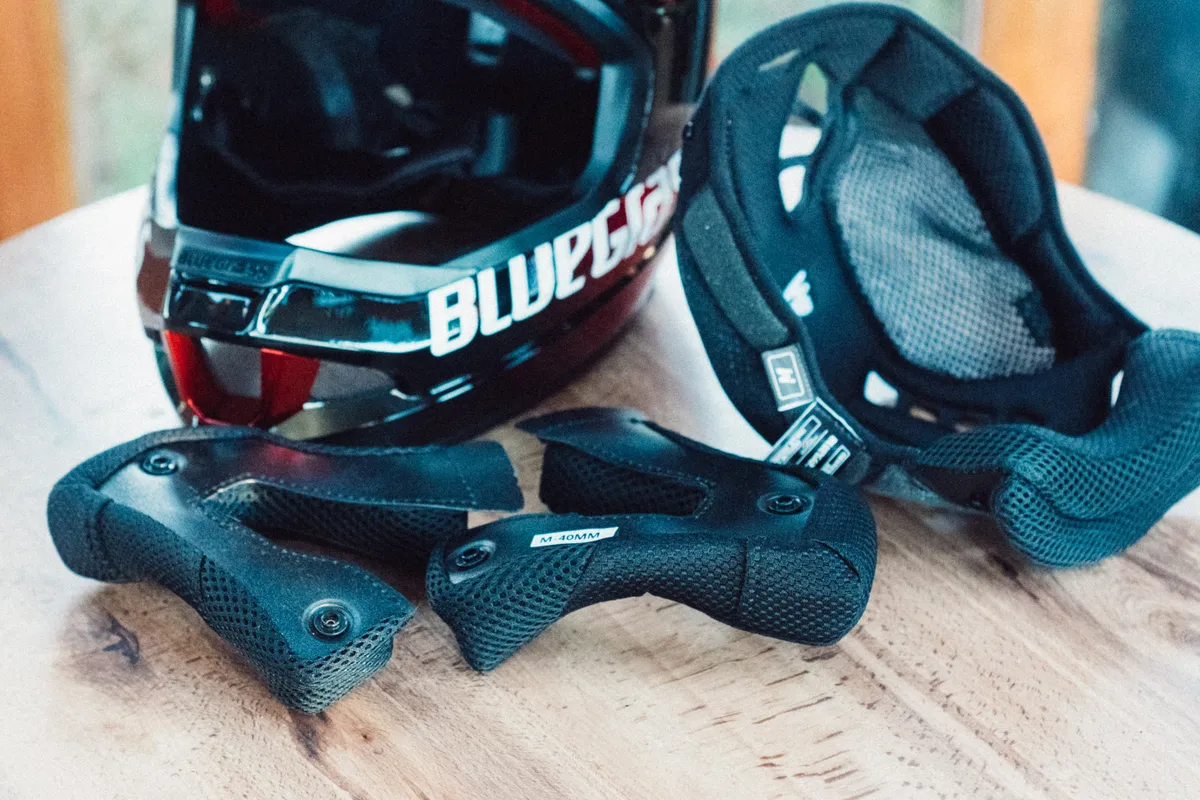
The majority of bicycle helmets, with the exception of some full-face downhill and enduro helmet models (which come with replaceable internal foam pads of different thicknesses), come equipped with some form of adjustable cradle to accommodate a variety of head sizes within a defined size range.
Finally, not all heads are the same shape, and, in a similar vein to cycling shoes, helmets can also vary in shape from one brand or model to the next. Once again, it's best to try before you buy to find the perfect fit.
How to measure your head for a helmet

If you're buying a new helmet and want to find the correct size, it's advisable to measure your head and check it against the brand's size chart.
Helmets are designed to fit just above your eyebrows and ears, and as such this is the best place to measure your head to guarantee a proper fit.
The best thing to use is a flexible fabric tape measure (dig around in a sewing kit that doubtless lurks in a biscuit tin to find one).
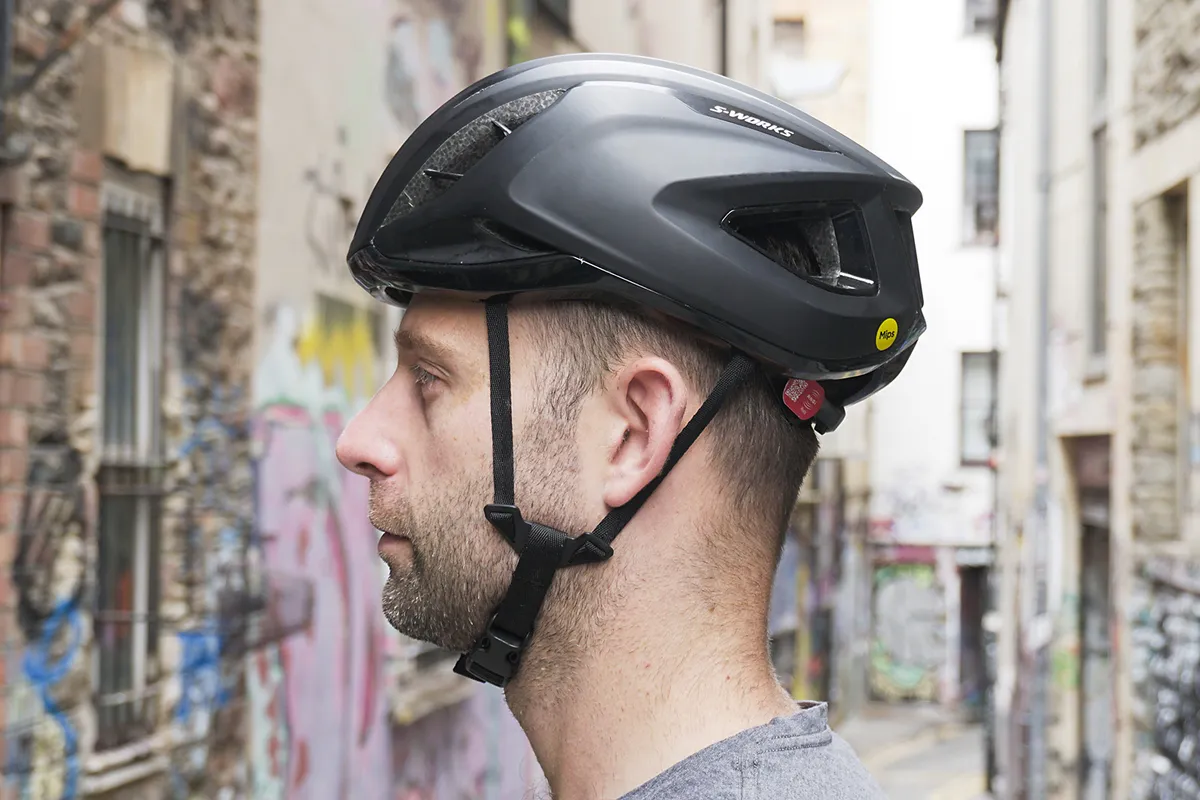
If you don’t have one of these, then a viable alternative is to use some string and measure it afterwards.
The fit of a helmet should be snug, but not constricting, so take this into account when measuring.
Avoid using a metal tape measure from the toolbox – they aren't designed to measure curves and won't lie flat around your head, meaning you may get things wrong.
How to adjust the fit of a helmet
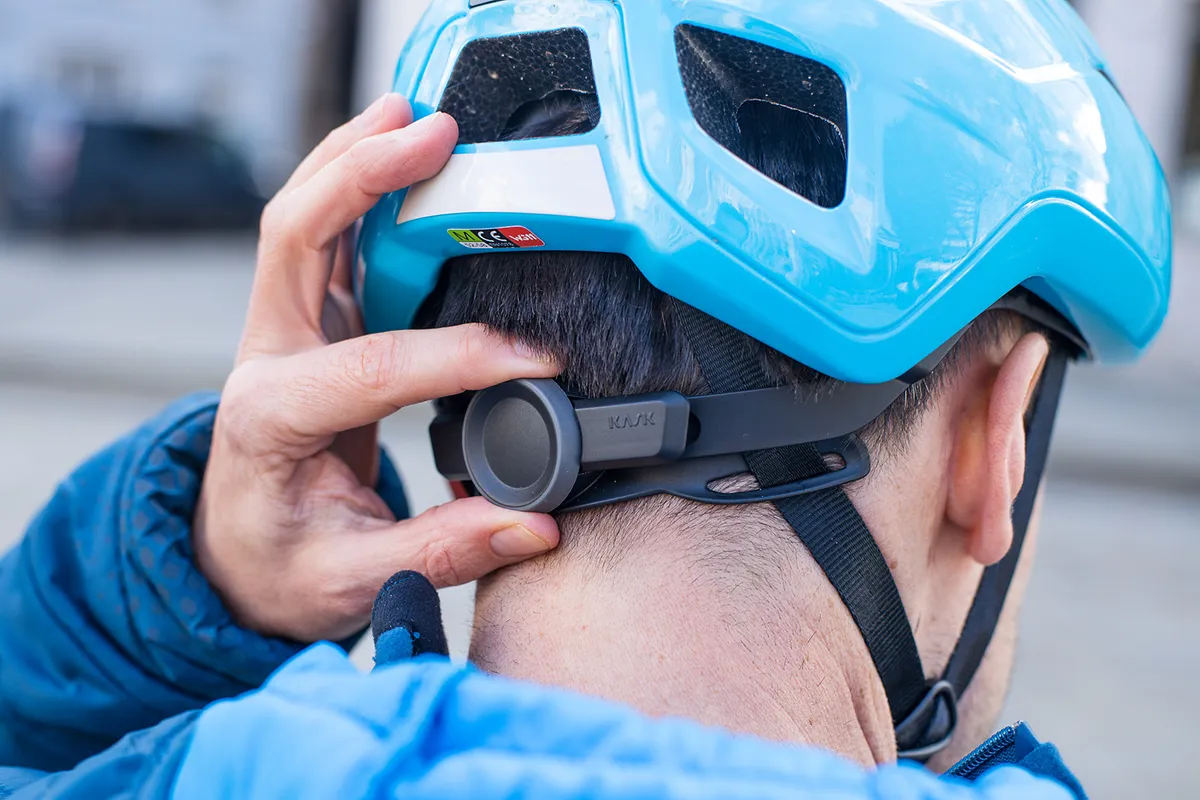
If you’ve measured your head correctly, there should be minimal adjustment required to fit the helmet.
Simply pop it on your head so it sits above your eyebrows and ears, and adjust the cradle, usually with a dial at the rear. The adjuster on the rear of the helmet will either tighten the cradle or, on some helmets, tighten a band that runs around the full circumference of the helmet.
There will also often be the option to adjust the rear of the cradle up or down to fit comfortably. The chin strap should be snug, but not constricting.
If the helmet features replaceable padding to adjust the fit, you may have to try several iterations to get it right.
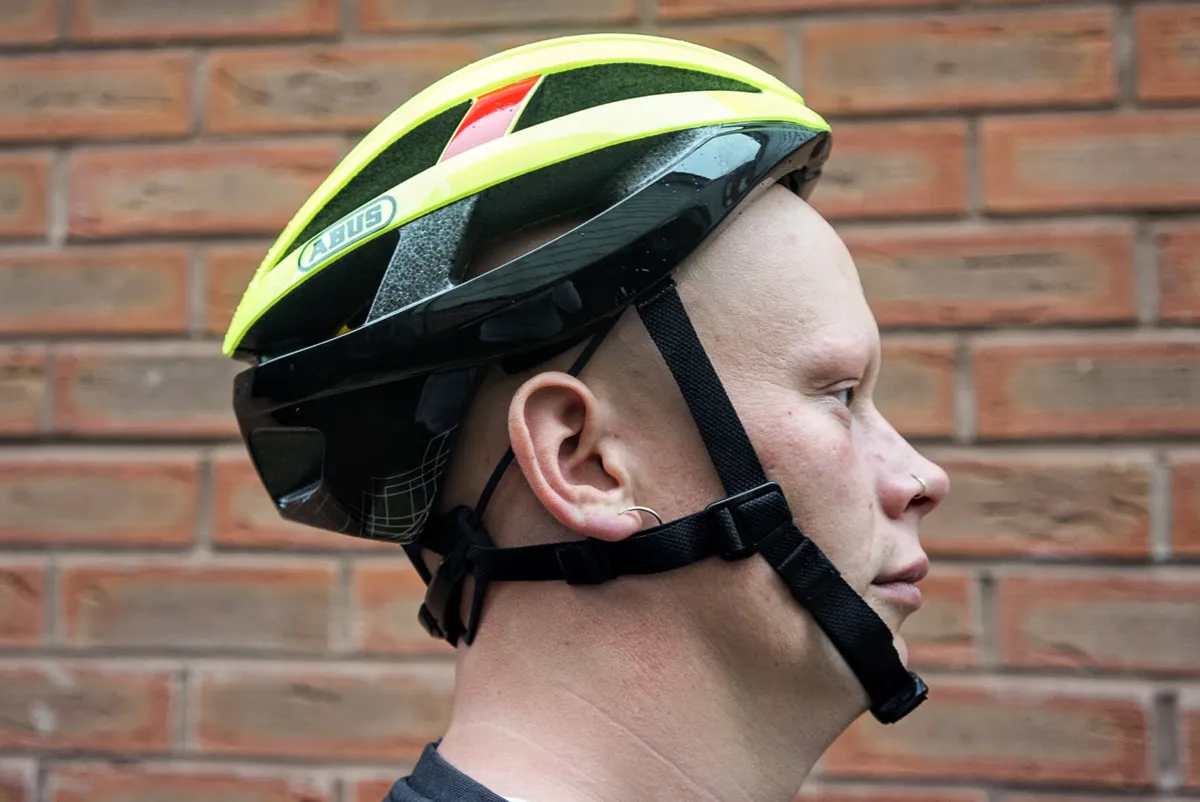
The fit should be snug and the helmet shouldn't be able to rotate in any direction. As mentioned, it should sit just above your eyebrows and shouldn't be tilted back or forward on your head.
If you want to learn more, check out our comprehensive guide on how to (and how not to) wear a helmet correctly.
Does MIPS affect helmet sizing?
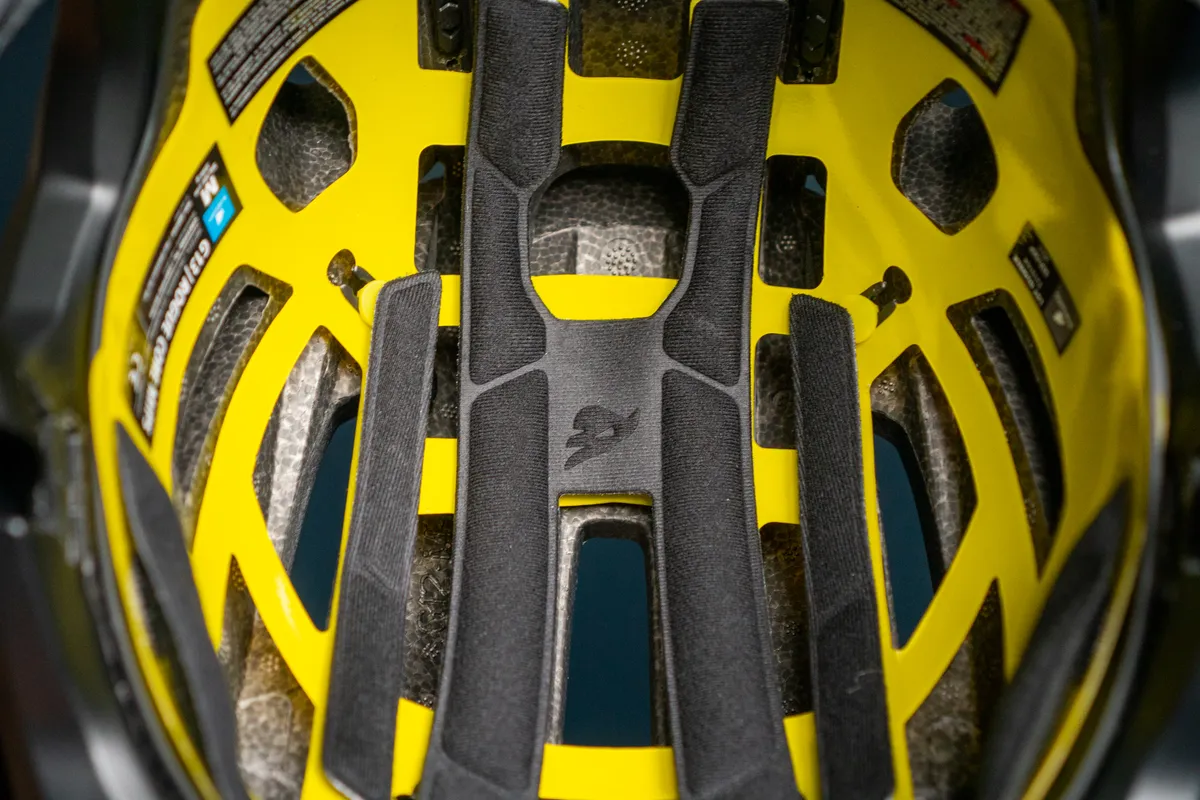
Recent advancements in tech have resulted in helmets where the outer shell has some freedom to rotate independently of the cradle, which is claimed to improve the overall safety of a helmet.
The most common form this takes is a MIPS liner (the yellow part in the photo above) and MIPS helmets often come up in independent tests as among the safest cycling helmets.
When MIPS was first introduced, the technology was retrofitted into helmets that were already available on the market. This impacted the size of the helmet because MIPS was adding a 0.5 to 0.8mm layer, which reduced available headspace.
This is no longer the case because MIPS now works with brands from the development stage of producing a helmet, so the technology is integrated into the overall design.
MIPS will introduce a small amount of movement to your helmet (around 10 to 15mm of overall movement), which can be slightly disconcerting when initially adjusting a helmet.
However, as long as this is small, and confined to the outer shell and not the cradle, you’ve nothing to worry about.
Can I have a ponytail or wear a hat with a helmet?
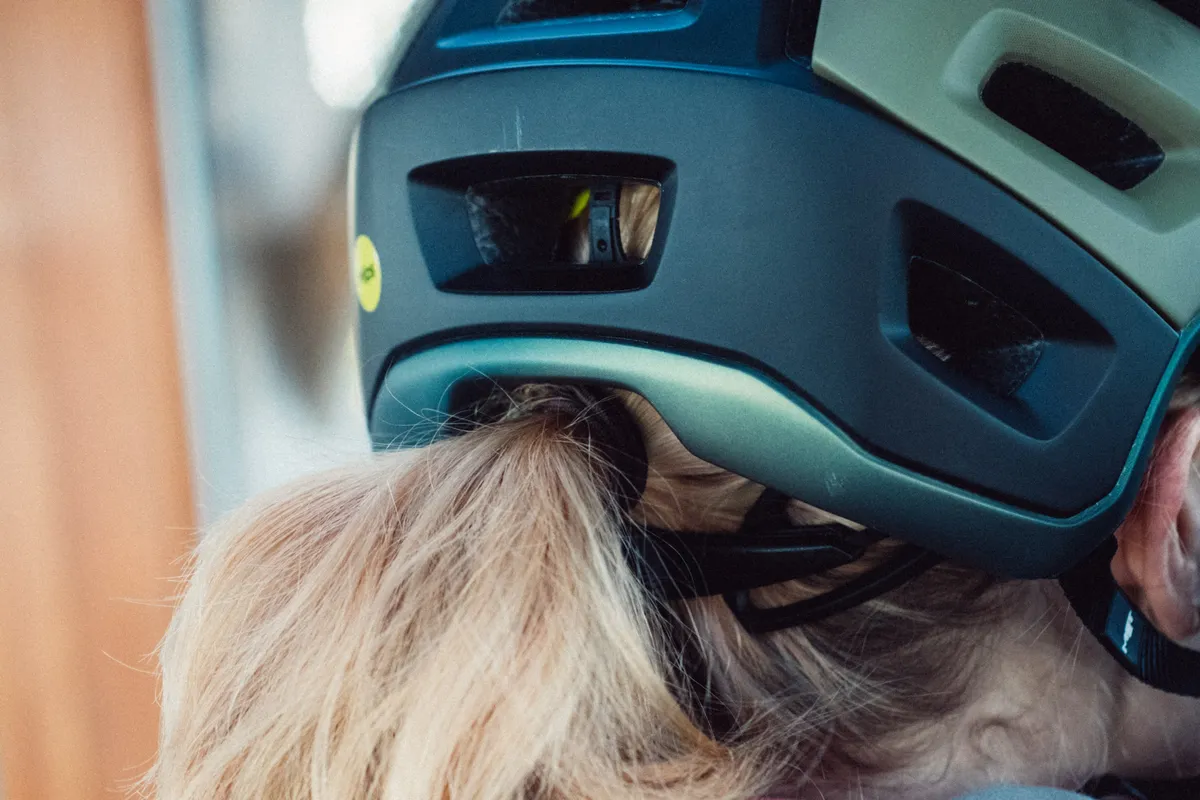
Some things can prevent you from getting a proper fit with a bike helmet, a ponytail being the most common.
While some helmets are designed to accommodate this hairstyle with a large exit port at the rear, some aren't. As such, you may have to style your hair to accommodate the helmet, or choose a helmet designed to suit.
Thin hats and cycling caps can be worn under helmets if needed, as long as they don't alter the fit.
It's best to avoid wearing a beanie or hood under your helmet for safety reasons. The thickness will also affect the fit of the helmet.
How to choose the right size kids' bike helmet

As with all things to do with children, the problem is they grow. That's as true of head size as the rest of a child's body, but as with kids' bikes, the wrong answer is to buy larger so they grow into it – in fact, it's even more important that a kids' bike helmet fits properly.
Children's helmets will usually be listed as baby, toddler, kids’ and youth, though not all brands use this classification system.
The measurements may vary between brands, so it's important to measure your child's head circumference, as described above for adult helmets, and check the size range that the specific helmet model is designed for on the maker's site, or on the helmet or its box.
It's always a good idea to try a helmet before buying. Kids are often fussy about how things fit or feel, and if they've never worn a helmet before they may say it feels funny or they don't like it.
If the helmet has an adjuster, use it to ensure a close fit that's not too tight, so the helmet can't wobble or move around. It should stay on their head without the straps done up if they bend forward. Read our post on how to wear a bike helmet for more detail.
Don't be swayed if you believe the sizing is correct and don't let them push it back off their brow – they'll get used to it, we promise.
